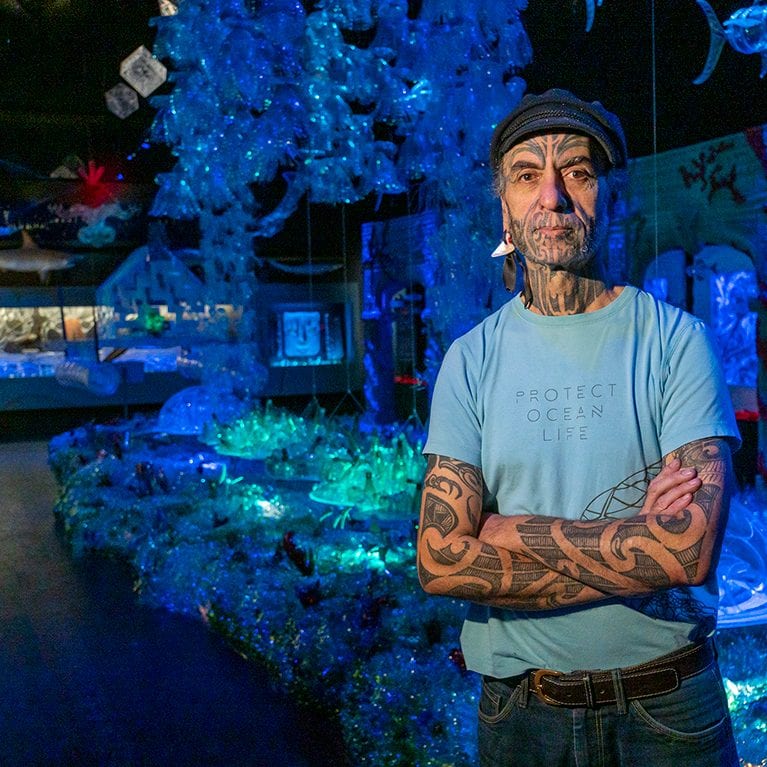Geneva Natural History Museum
The result of a long tradition of scientific activity and a landmark for generations of Genevans, the Geneva Natural History Museum is the largest museum dedicated to the natural sciences in Switzerland and one of the top 10 in Europe. It plays a key role in stimulating public awareness about major contemporary issues such as the impact of the biodiversity crisis or global climate change on the future of the planet. Through its exhibitions, educational programmes and outreach activities, Geneva Natural History Museum aims to set up a dialogue and share its scientific expertise on natural and environmental topics with the widest audience possible.
With a new vision for the future after a period dedicated to building its core competency in natural sciences following the move to larger premises in Malagnou in the 1960s, Geneva Natural History Museum will evolve over the coming years to meet new demands, revitalising its traditional activities and introducing new approaches and projects.
The SOSF has stepped up to support a thought-provoking art installation, Bottle at the Sea 2120, Te Ao Maori, at the museum and take its key messages to young audiences around Switzerland by developing educational booklets to distribute in classrooms. Maori artist George Nuku imagines our oceans in 2120, coaxing his audience to re-examine our current relationship with plastic and to imagine the consequences of our actions for life in the seas. A distorted underwater world swims before the viewers in otherworldly visions of recycled plastic bottles and delicate Plexiglass carvings. Sea anemones clustered on coral reefs, shoals of fish and hunting hammerhead sharks make way for archways and submerged ancient columns. Peer a little closer and ancient Hellenic motifs merge with Maori imagery carved into these remnants of human civilisation that lie below the sea’s surface. The installation was brought to life by a collaboration of organisations – the SOSF, the Race for Water Foundation and the Oceaneye Association – and in partnership with the Geneva Museum of Ethnography, the Basel Museum of Cultures, the Bern Natural History Museum and the Léman Museum in Nyon.

